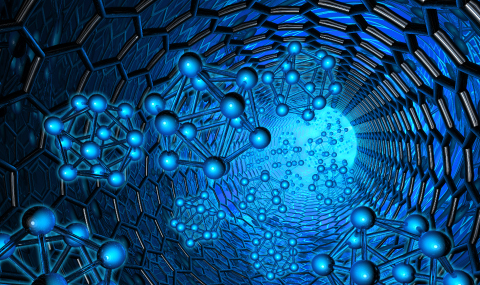One may identify two central challenges facing theoretical chemistry at the beginning of the 21st century. Even with present day powerful computers, we do not know how to solve for the quantum dynamics of large systems. A viable Monte Carlo based quantum mechanical method which could be used as readily as classical dynamics programs is not available. A second aspect of this challenge is related to the force field. Even if one were to develop a basis set method for the dynamics, one would still need the force field. When using classical mechanics this is readily available. However, in quantum mechanics, for basis set methods one needs a global potential energy surface and this is too expensive.
My group has been working in recent years on a new approach which is based on the Semiclassical Initial Value Representation (SCIVR) [1-5]. We have developed a new time dependent perturbation theory in which the standard SCIVR method is just a leading order term in a series which leads to the exact quantum mechanical dynamics [1]. Although the complexity of the computation increases with each term, the final answer is dependent only on classical trajectories. This which lies at the heart of the SCIVR series method. Since classical trajectories need only local potential energy information the SCIVR methodology can be used in principle to compute ab-initio real time quantum dynamics.
As of the writing of this summary, we are working on applications of the SCIVR methodology to scattering from surfaces [6], reactive bimolecular scattering and molecular spectroscopy. In atom scattering from surfaces one observes experimentally diffraction patterns, we are using the SCIVR methodology to compute the diffraction and its dependence on properties of the surface such as temperature and friction. Tunneling and resonances are important elements in the reactive scattering which includes hydrogen atom transfer. We are developing codes which could handle these problems using the ab-initio force field. Finally, we are applying the methodology to internal conversion rates [7] and the optical spectra of molecules such as formaldehyde [8], where nonlinearities in the ground and excited state cannot be ignored, while at the same time, the only way to obtain a correct representation of the spectrum is through the use of quantum dynamics.


